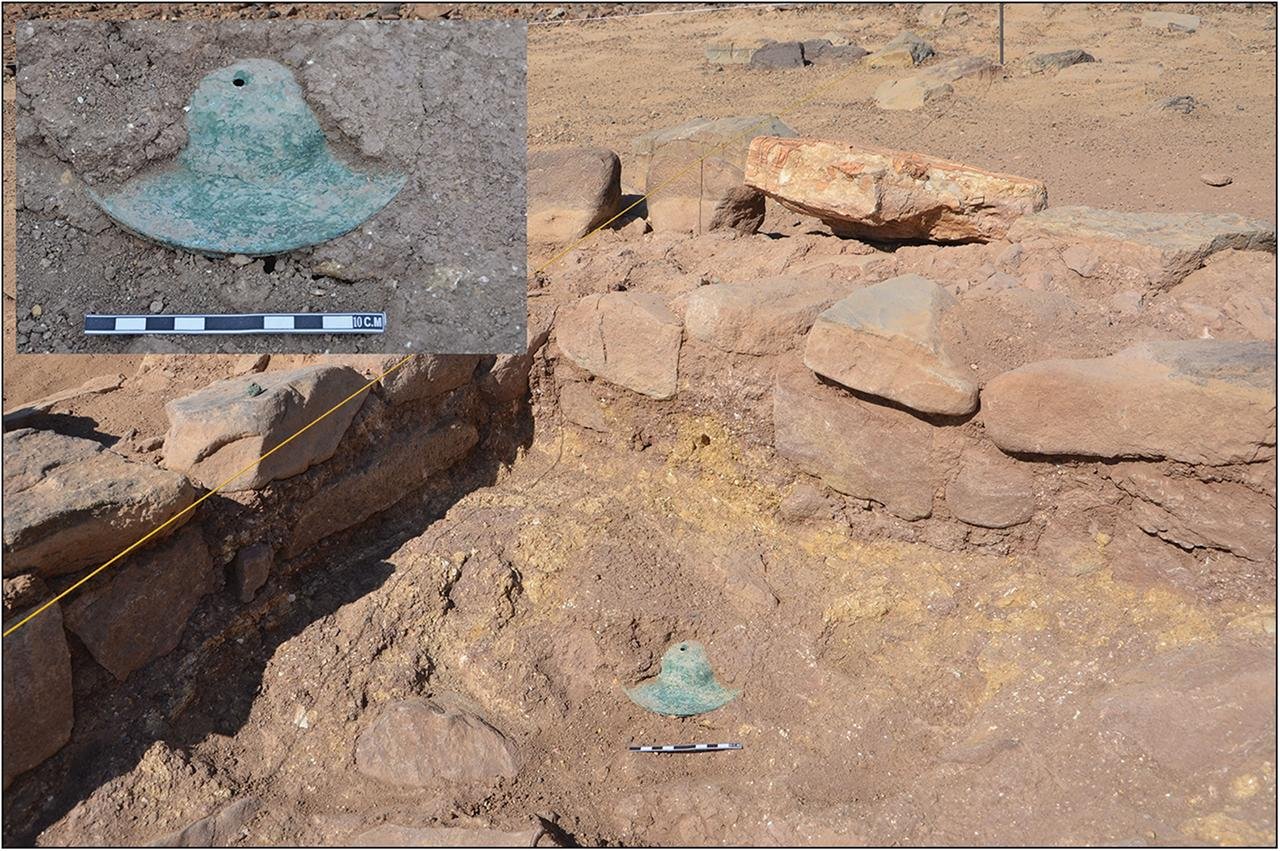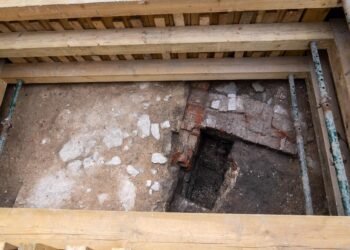A pair of copper-alloy cymbals discovered in the north of Oman is offering fresh insights into Bronze Age Persian Gulf cultural dynamics and suggests that music may have been at the forefront of connecting communities across vast regions, such as Mesopotamia and the Indus Valley.

The cymbals were discovered in 2018 at the Umm an-Nar culture site, dating back to the third millennium BCE at Dahwa. They’re the first well-contextualized instruments of their type to be discovered in Oman. In a new study published by the journal Antiquity, archaeologists at Sultan Qaboos University carried out a careful visual inspection and copper isotope analysis to establish their origin and purpose. While the instruments resemble those from Indus Valley cymbals, chemical analysis indicates that they were locally made from Omani copper.
The significance of the discovery extends beyond their musical role. According to co-author Professor Nasser Al-Jahwari, “The Early Bronze Age (Umm-an-Nar period) has already shown rich evidence of interregional contact. However, the exact nature of these contacts is still a matter of study and debate.”
The cymbals discovered in structure S1 at Dahwa were deliberately positioned and most likely held ritual significance, consistent with equivalent practices in Mesopotamia and the Levant. The fact that they were present in a high-ranking building suggests that they may have been used for public ceremonies or communal rituals. Some researchers suggest that the sound of the cymbals may have echoed across the valley, adding to the shared experience among community members.
While most of the scholarship around early Persian Gulf interactions has centered on trade—attested by comparable patterns of ceramics, beads, and tools—the presence of cymbals suggests an even deeper cultural and social contact. The presence of Indus-style cooking ware (corrected repetition), terracotta toys, etched carnelian beads, and square ivory weights in settlements like Dahwa, as well as other southeastern Arabian settlements including Salut and Bat, supports the presence of Indus immigrants integrated into local life between 2600 and 2000 BCE.
Archaeologists indicate that these migrant communities may have also participated in the smelting and mining of copper, with confirmed Omani ores in the Indus Valley through lead isotope signatures. Nevertheless, the discovery of the cymbals adds a rare human dimension to such economic relations—highlighting music, ritual, and communal identity in forming coherent multicultural societies.
“The discovery of the Dahwa cymbals encourages the view that, already during the late third millennium BCE, music, chanting, and communal dancing set the tone for mediating contact between various communities in this region for the millennia to follow,” the researchers wrote in their study.
























Comments 0